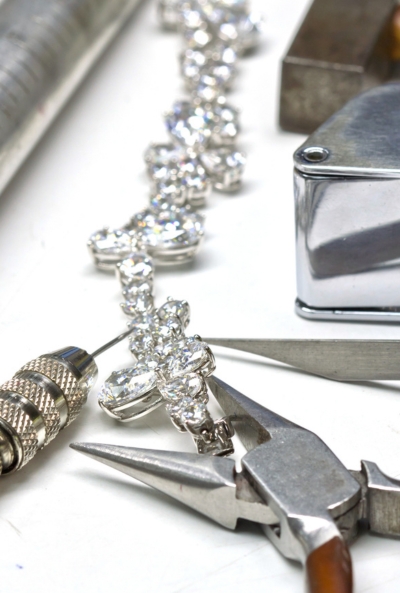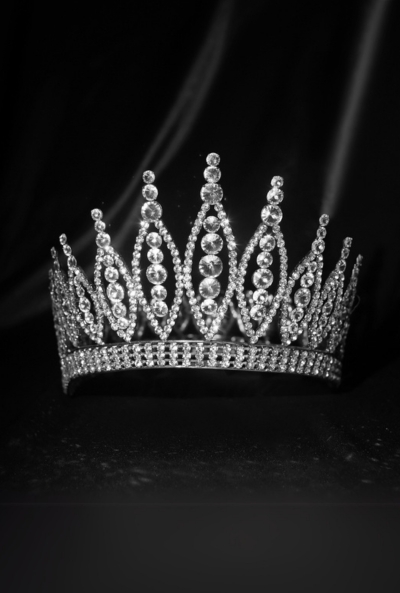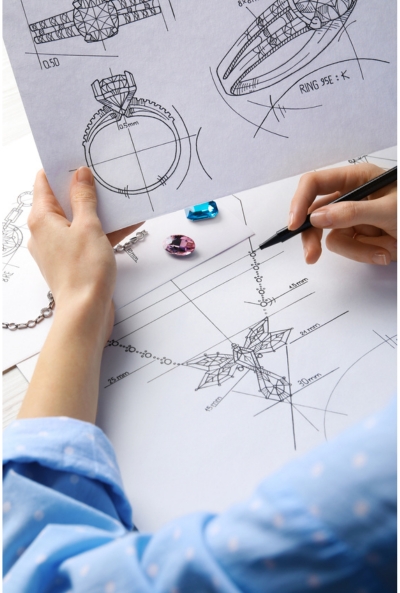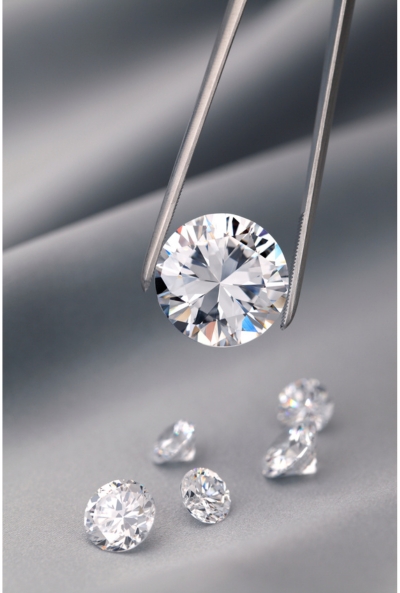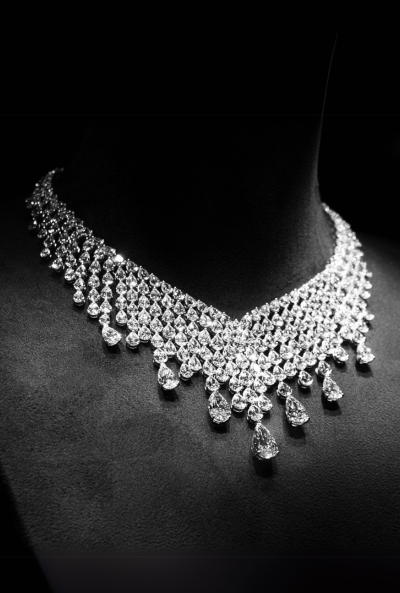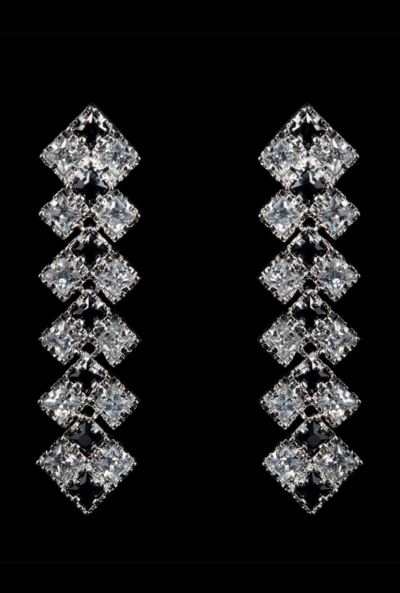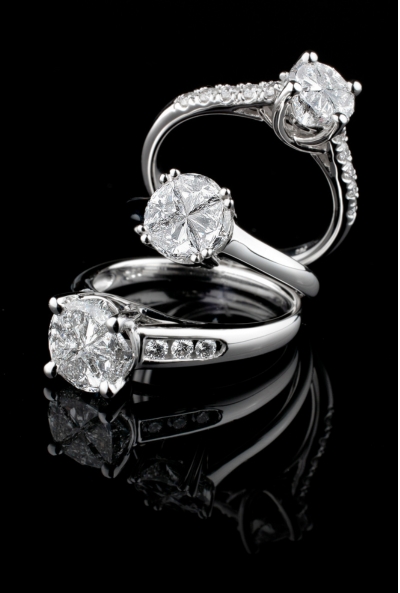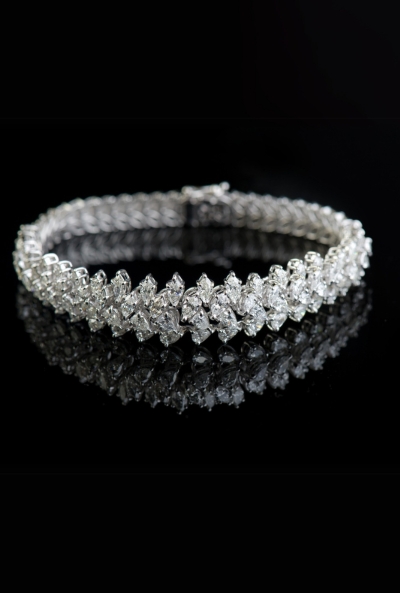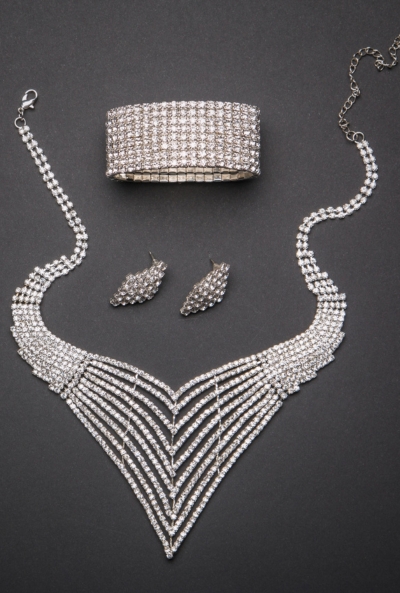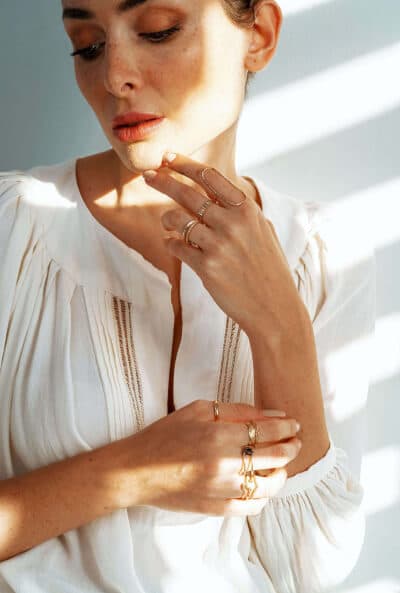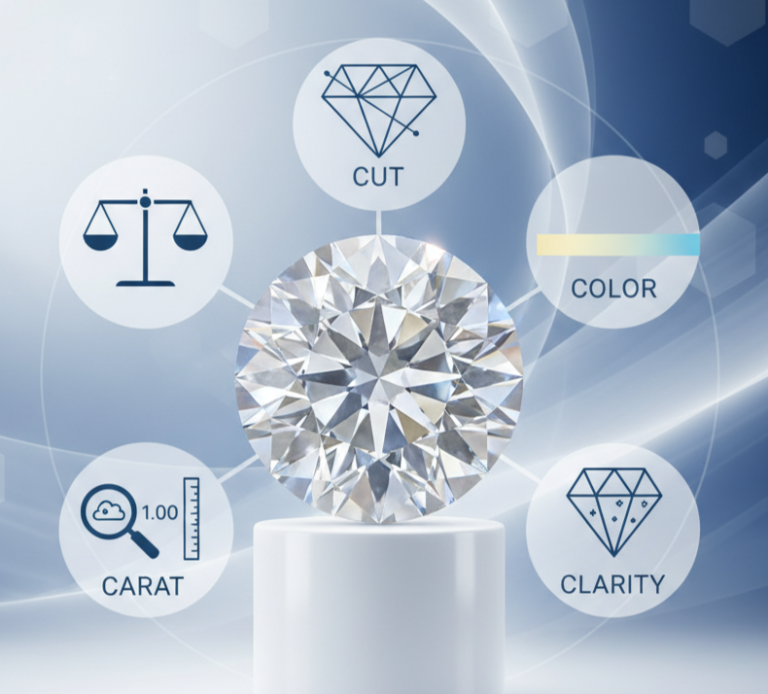
The 4C of Diamond
Nowadays everyone wants to hold a diamond jewellery but have you thought your diamond is real or fake? If it is fake then how can you get real diamonds? In this blog we will cover that, including the 4C of diamond and 4 Cs of diamonds.
Table of Content:
- What is 4C of diamond?
- Understanding the 4Cs of Diamond: Cut, Color, Clarity, and Carat Explained
- How the 4Cs of Diamond Affect Price and Quality
- Which type of diamond is best?
Before diving into the topics
Let’s find who discovered that and why the 4C of diamond was made. 4C of diamond is founded by Robert M. Shipley in 1940 to evaluate diamond quality. He created this because there was no standard to recognize diamonds. So that’s why 4 Cs diamonds came into being.
What is 4C of diamond?
The 4C of diamond are the standard criteria used to evaluate diamond quality and value. Color shows a diamond’s natural tint, helping to classify its hue. Clarity measures the presence of internal inclusions or surface blemishes, indicating how clean the diamond is. Cut assesses how well a diamond has been shaped and polished, which determines how it interacts with light. Carat Weight represents the diamond’s physical mass and provides a standard way to compare sizes. These four factors exist simply to provide a consistent and objective method for evaluating and comparing 4 Cs diamonds.
Understanding the 4C of Diamond: Cut, Color, Clarity, and Carat Explained
Color
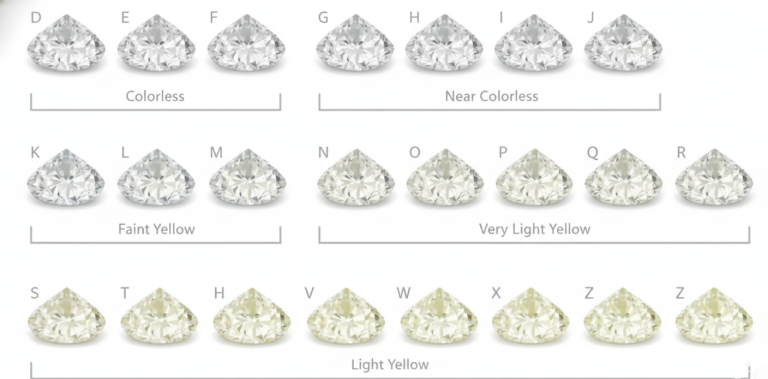
The color of a diamond refers to the natural tint present in the stone. Diamonds are graded on a scale from D (colorless) to Z (light yellow or brown). Colorless diamonds allow more light to pass through, giving them a brighter appearance, while diamonds with noticeable color are less rare and typically less expensive. The presence of color does not necessarily affect durability but influences aesthetic appeal and value. Understanding color helps buyers compare 4 Cs diamonds accurately.
By knowing a diamond’s color grade, a customer can visually compare stones and decide how much color is acceptable for their preference and budget. A near-colorless diamond may look as bright as a colorless one to the naked eye, allowing informed choices without overpaying for imperceptible differences. Understanding color ensures buyers know what they are selecting.
Clarity
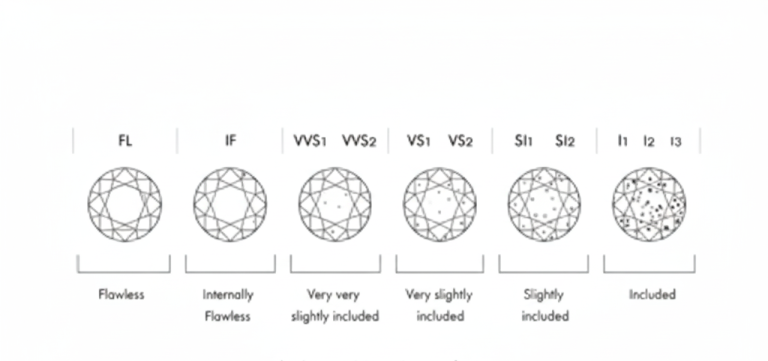
Clarity measures how free a diamond is from internal inclusions or external blemishes. Inclusions are tiny imperfections inside the stone, while blemishes are marks on the surface. Clarity is graded from Flawless (no visible inclusions under 10x magnification) to Included (inclusions visible to the naked eye). While many inclusions are microscopic and do not affect sparkle, higher clarity grades generally indicate greater rarity and value. Clarity is an important standard because it provides an objective assessment of a diamond’s purity. Buyers use clarity grades to ensure they understand both appearance and potential impact on brilliance.
Clarity grades help a customer identify how flawless a diamond is and whether inclusions or blemishes will be noticeable. Buyers can decide if small, microscopic inclusions are acceptable, or if they want a higher clarity stone for maximum brilliance. Knowing clarity allows customers to balance aesthetics, durability, and cost effectively when choosing 4 Cs diamonds.
Cut
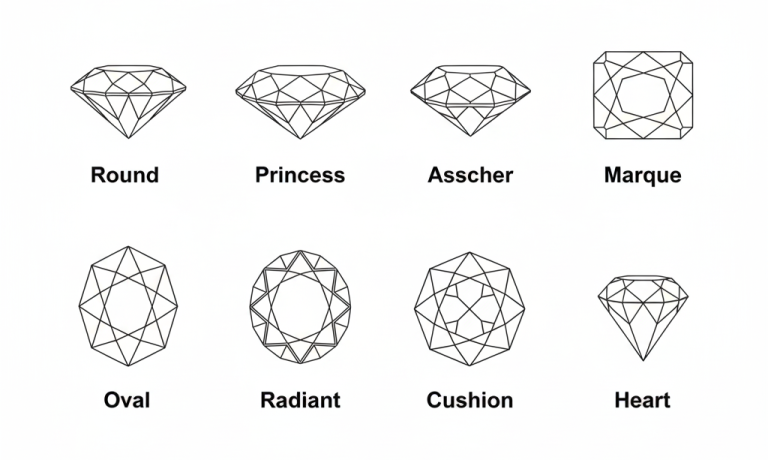
Cut refers to how well a diamond has been shaped and polished, not its overall shape (like round or princess). It determines how light interacts with the stone, affecting its brilliance, fire, and scintillation. A well-cut diamond reflects light internally and externally in a balanced way, making it appear more luminous. Cut grades range from Excellent to Poor, depending on proportions, symmetry, and polish. Unlike color or clarity, cut has the greatest effect on a diamond’s visual performance. Evaluating cut allows buyers to understand not only aesthetic appeal but also how efficiently a diamond displays its natural sparkle.
A diamond’s cut grade shows how well it will sparkle and reflect light. Customers can focus on the cut to ensure a visually brilliant diamond, even if other factors like color or clarity are slightly lower. Understanding cut helps buyers prioritize the feature that most affects the diamond’s beauty in daily wear when selecting 4 Cs diamonds.
Carat Weight

Carat weight is a measure of a diamond’s physical mass, with one carat equal to 0.2 grams. While often associated with size, carat does not directly indicate a diamond’s dimensions because proportions and cut can make stones of the same carat appear differently. Carat weight is an objective, standardized measurement used in pricing and comparison. Larger diamonds are rarer and generally more expensive per carat. Understanding carat allows buyers to gauge the stone’s scale and cost accurately.
Carat weight allows customers to compare diamonds by size and understand the cost implications of larger stones. It also helps buyers visualize the scale of the diamond relative to their jewelry design preference. Knowing carat ensures informed decisions regarding both appearance and value of 4 Cs diamonds.
Note: Knowing the 4C of diamond allows customers to evaluate diamonds clearly, understand their quality, and select a stone that matches both preference and budget.
How the 4C of Diamond Affect Price and Quality
The 4Cs—Color, Clarity, Cut, and Carat—affect both how a diamond looks and how much it costs. Color: Diamonds closer to colorless are rarer and usually priced higher. Clarity: Stones with fewer blemishes and inclusions look cleaner and are more valuable. Cut: A well-cut diamond sparkles more, making it visually appealing and often more expensive. Carat Weight: Bigger diamonds are rarer, so price increases with size. By understanding these factors, customers can choose a diamond that balances beauty, quality, and budget, ensuring they get the best value for their purchase of 4 Cs diamonds.
Which Type of Diamond Is Best?
There is no single “best” diamond, as the ideal choice depends on what a customer values most—appearance, size, clarity, or budget. For visual brilliance, a well-cut diamond is often the most important factor, as it maximizes sparkle regardless of color or clarity. For rarity and long-term value, higher color and clarity grades may be prioritized. Carat weight affects size and presence, but larger diamonds with lower quality in cut, color, or clarity may appear less attractive. The best diamond balances the 4Cs according to the buyer’s preference and provides the desired look and value.
Customer Understanding: By knowing there is no single “best” diamond, customers can prioritize the 4Cs based on what matters most to them. This ensures a purchase that aligns with both visual appeal and budget, helping them get the most suitable 4 Cs diamonds.

